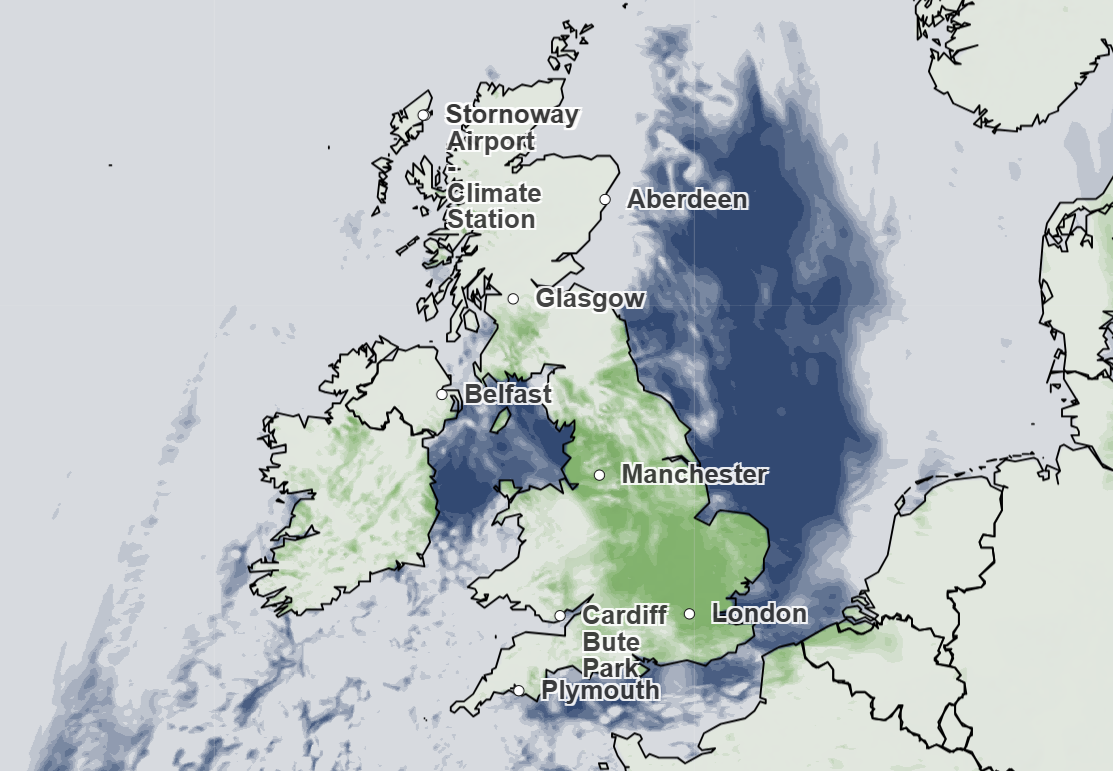The first supermoon of the year is set to peak on Monday night, offering sky gazers the chance to see the biggest and brightest full moon since last November.
Carrying the title of ‘Harvest Moon’, the Moon will rise in the UK at around 6pm BST in the easterly sky, before reaching maximum fullness at 4.48am on Tuesday morning.
It will continue to appear full on Tuesday night, peaking above the horizon at 6.15pm on 7 October and setting just after 9am the following morning.
It is the latest Harvest Moon since 1987, as it is the closest to the autumnal equinox that took place on 22 September.
Taking its name from agricultural traditions in the Northern Hemisphere, the full moon’s light was traditionally used by farmers during the harvest season before the advent of artificial lighting.
The term supermoon – first introduced in 1979 – describes any new or full moon that occurs when the Moon is within about 90 per cent of its closest distance to Earth, a point known as perigee.
During this time, the Moon can appear up to 14 per cent bigger and 30 per cent brighter than the average full moon.
A visual effect known as the Moon Illusion can make it appear even larger as it rises or sets.
Scientists believe this is partly due to perspective – when the Moon is seen near the horizon, surrounding objects such as trees or buildings provide a frame of reference that tricks the brain into perceiving it as unusually big.
“Photographs prove that the Moon is the same width near the horizon as when it’s high in the sky, but that’s not what we perceive with our eyes,” Nasa noted in a blog post.
“Thus it’s an illusion rooted in the way our brains process visual information. Even though we’ve been observing it for thousands of years, there’s still not a satisfying scientific explanation for exactly why we see it.”

The best time to see the supermoon on Monday will be shortly after it rises at around 7pm.
The latest weather forecast from the UK Met Office suggests that those living in the south and east will have the best chance of seeing it, with much of the rest of the country covered in cloud.
The following night, clear skies will appear over northern and western parts of the British Isles.





